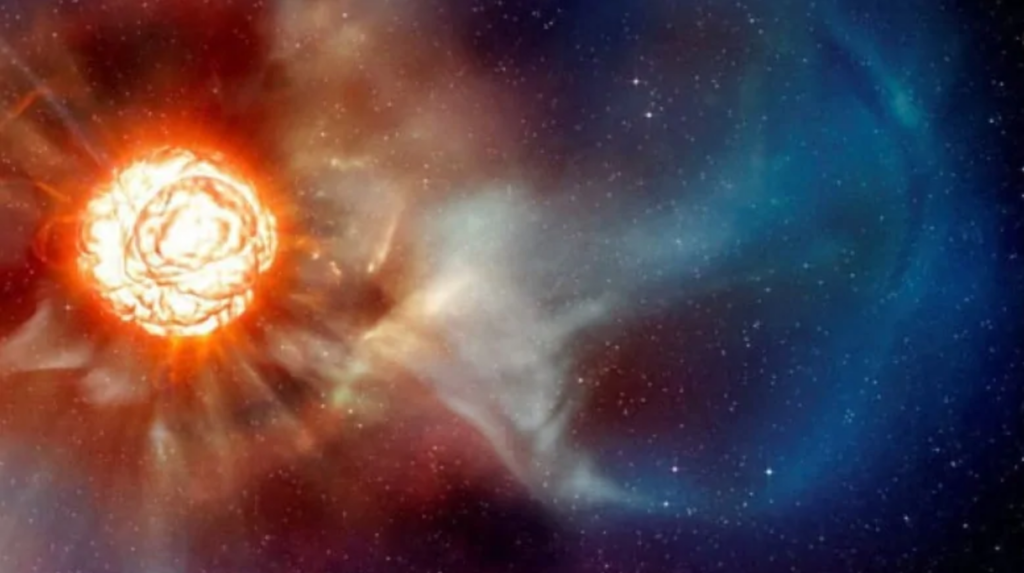At the end of its life, the enigmatic star will shine like a beacon in the sky
First it was the strange dimming of Betelgeuse. Now it’s a gravitational wave that once again has astronomers scratching their heads over this enigmatic star found in the constellation Orion.
Betelgeuse has been grabbing a few headlines lately, as the normally bright star dimmed to its lowest point ever recorded — and astronomers don’t exactly know why.
Now the U.S.-based Laser Interferometer Gravitational-Wave Observatory (LIGO) has detected a gravitational wave coming from that direction, adding another intriguing detail to what’s happening.
The first gravitational wave ever recorded — a powerful ripple through space-time caused by cataclysmic events, like two merging black holes — was detected in September 2014.
Since then, many more have been found, including one resulting from the merger of two black holes, as well as one from a binary neutron star merger. (A potential black hole-neutron star detection is still waiting to be confirmed.)

